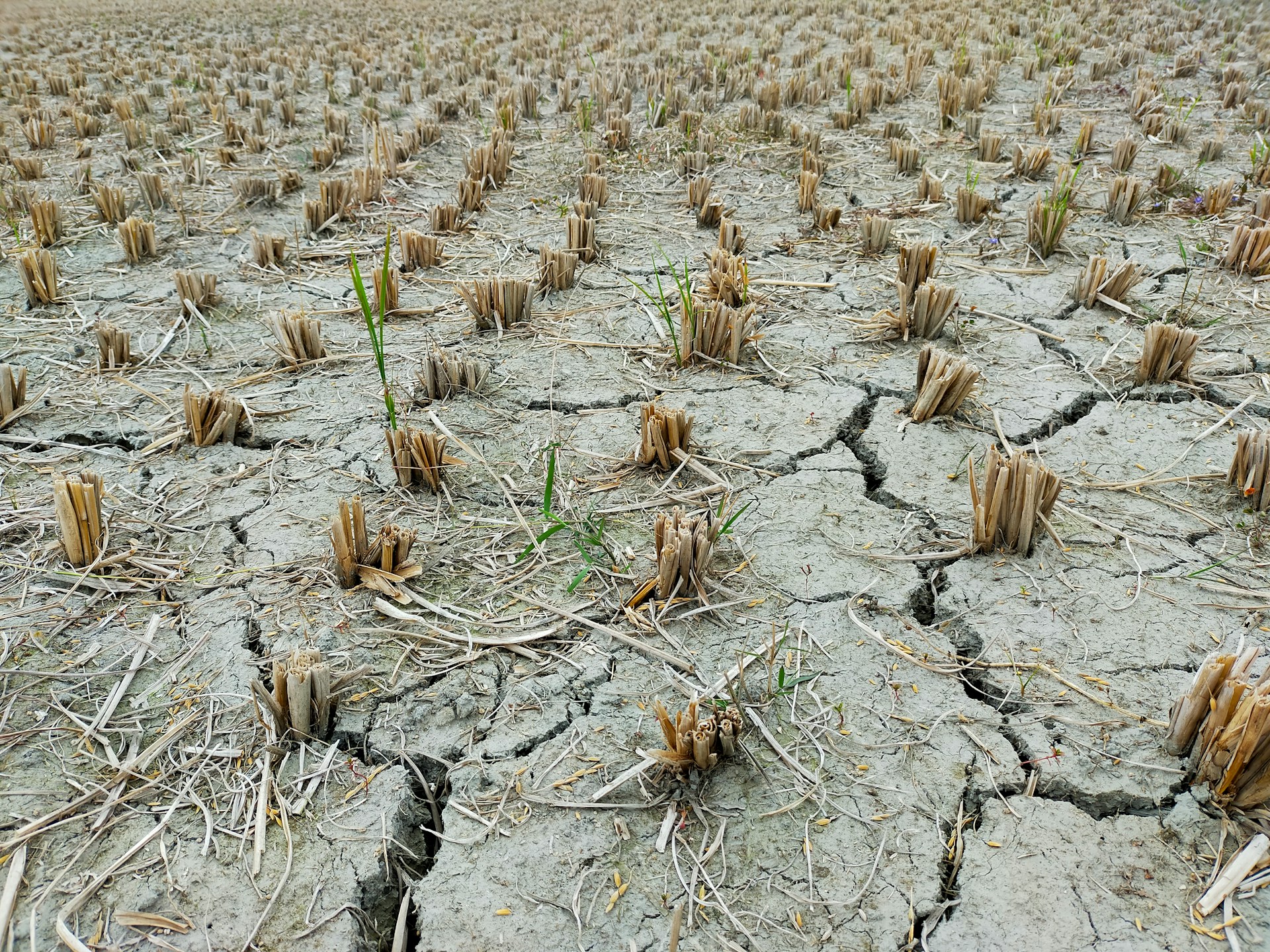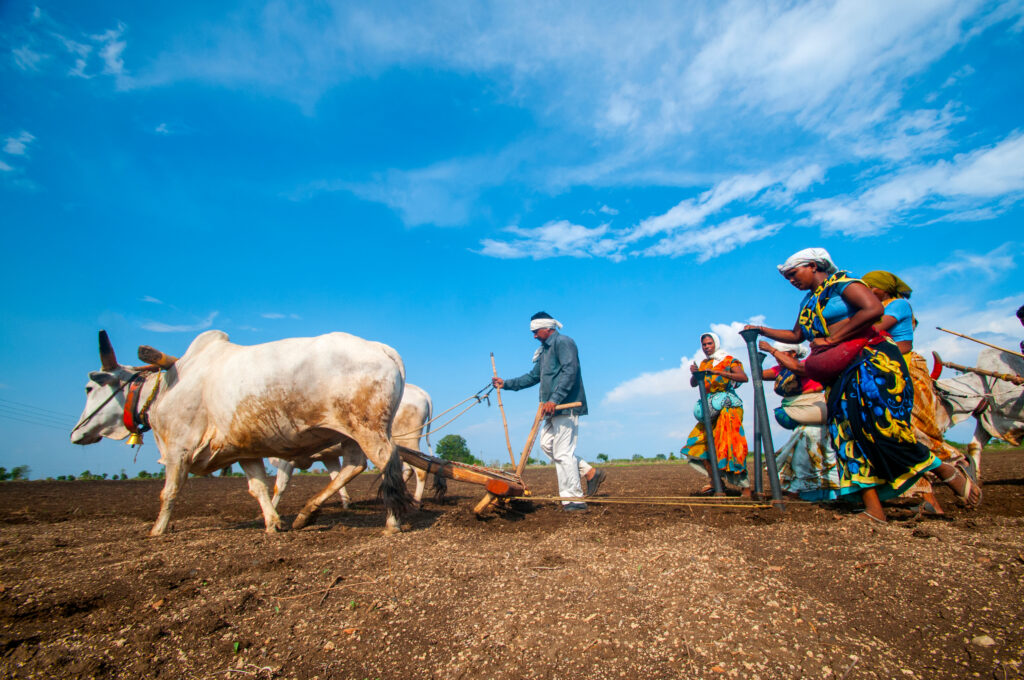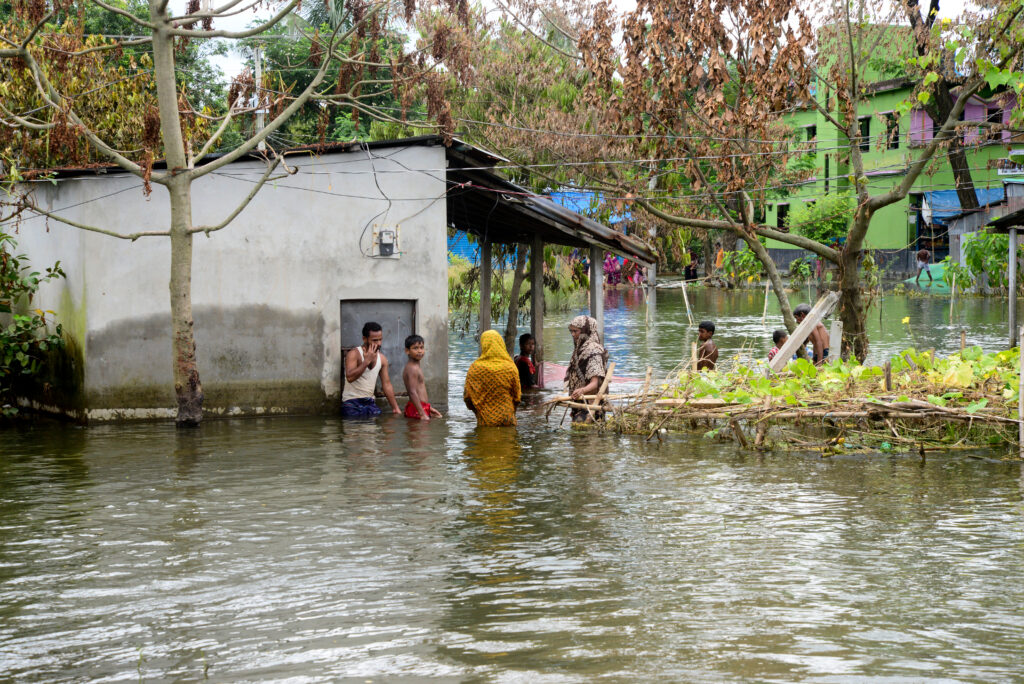Aside from claiming the title for the hottest year on record, 2024 will remain in history as the first to breach 1.5°C – a temporary yet symbolic event and a sign that the world is getting dangerously close to irreversibly impacting the Earth’s life-support systems. From destroying livelihoods and elevating the health and economic crisеs for the least responsible yet most vulnerable communities to permanently damaging natural ecosystems and triggering critical tipping points – the extreme weather events in 2024 were yet more proof that humanity has to take a U-turn if it is to ensure a liveable future. Scientists warn that doing so requires urgent action to halt fossil fuel use, scale up renewables and help vulnerable communities adapt to the new climate realities.
WWA and Climate Central: Extreme Weather Added 41 Days of Dangerous Heat in 2024, the Hottest Year on Record
The When Risks Become Reality: Extreme Weather in 2024 joint report by the World Weather Attribution group and Climate Central concludes that human-induced climate change added an average of 41 days of dangerous heat in 2024.
According to the scientists, 26 events studied in 2024 were more intense and frequent because of the continued burning of fossil fuels. In total, climate change has killed at least 3,700 people and displaced millions over the past year.
Floods in Africa killed thousands and displaced millions of people. In the US, a series of hurricanes, exacerbated by climate change and the warming of sea temperatures, took the lives of hundreds of people across several states. The Amazon experienced unprecedented drought, which climate change made 30 times more likely. Typhoon Gaemi wreaked havoc across East China, Taiwan and the Philippines in late July 2024, taking lives and destroying infrastructure and livelihoods. It was 50% more likely due to human-induced global warming from burning fossil fuels.
2024 officially became the hottest on record. Authorities in various Asian countries, such as China, India, Japan and Indonesia, declared 2024 the hottest since their records started. The highest number of people in a single day exposed to temperatures made at least two times more likely to occur due to climate change was 5.3 billion on July 21. That was the hottest day in history before July 22 broke that record. The last 10 consecutive years have already become the hottest ever.
The team behind the study warns that as greenhouse gas emissions and temperatures continue to increase, the events the world has experienced throughout 2024 have become a “new normal”.
“This annual report reads like a failed scorecard.” said Ben Clarke, researcher at the Centre for Environmental Policy, Imperial College London. “The world is not cutting emissions and preparing for climate change quickly enough. The consequences are record-breaking extreme weather events that cause deaths, displacement, and loss of livelihoods.”
The Most Vulnerable Were the Most Affected
Scientists have long warned of climate change’s disproportionate impact on communities, and the 2024 extreme weather report by the WWA and Climate Central provides yet more proof.
The study finds that the countries and territories with the highest number of risky heat days were overwhelmingly members of the small island developing states (SIDS). Of the 20 countries that experienced the most added days of dangerous heat due to climate change, 18 were SIDS. The residents there suffered over 130 additional risky heat days.
While droughts in 2024 affected every continent, the most significant impacts were on vulnerable communities and the water resources, agriculture and ecosystems they rely on.
The Amazon forests, home to over 1.5 million Indigenous people and other vulnerable and underrepresented groups, suffered prolonged and extensive drought and the worst year of wildfires in the region. This caused massive deforestation and worsened crop yields. Agriculture-reliant communities such as smallholder and subsistence farmers were among the worst affected. Furthermore, should low rainfall and high temperatures persist, the world’s most important land-based carbon sink and a crucial factor for global climate stability would face an increased risk of widespread tree dieback. According to studies, by 2050, between 10% and 47% of the Amazonian forests will be at risk.
Climate Change Supercharged the Late Typhoon Season in the Philippines
In late July, Typhoon Gaemi brought heavy rain and winds to the northern Philippines, Taiwan and China, affecting millions and leading to the evacuation of nearly 300,000 people in China alone. However, the disaster was just one of many to hit the Philippines this year.
In just 23 days between October and November, the country was struck by six typhoons, affecting 13 million people and killing over 160. Early estimates revealed that the compounding effects of the series of storms caused severe infrastructure damage worth nearly half a billion USD.
According to a dedicated analysis by the WWA, the six consecutive typhoons that impacted northern Luzon, the largest and most populous island in the Philippines, highlight the challenges of adapting to back-to-back extreme weather events. Even though the region holds the country’s lowest household poverty rates, cities on the island remain highly vulnerable to flooding due to urban sprawl, river silting and deforestation. In fact, some areas were hit at least three times, causing constant insecurity.
Scientists warn that human-induced climate change has significantly exacerbated the intensity of the storms. According to the WWA, the likelihood of three or more major typhoons (defined as Category 3 or above) making landfall in the Philippines in a given year in today’s 1.3°C warmer climate is about 25% higher due to human-induced climate change and the continued burning of fossil fuels. Should global warming reach 2°C, the researchers expect at least three major typhoons to hit in a single year every 12 years.
The development of La Niña in 2025 is on course to bring wetter weather conditions, likely triggering devastating flooding across Asia.
2024: Yet Another Reminder that We Need Urgent Action
While 2024 became the first year with average global temperatures 1.5°C above pre-industrial levels, WWA and Climate Central note that this doesn’t mean we have permanently breached the Paris Agreement’s goal. However, they warn that the world is getting dangerously close.
To prevent such a scenario from materialising and avoid further exacerbating the worst impacts of the climate crisis, the scientists urge governments to prioritise several areas.
Halting Fossil Fuel Use
The number one priority is reducing greenhouse gas emissions by halting the use of fossil fuels. While at COP28, the world finally agreed to transition away from fossil fuels, new oil and gas fields continue to open worldwide. According to a report by Reclaim Finance and an article published in The Guardian, leading banks have backed a USD 200 billion wave of new gas projects – a potential “climate bomb” that could release the equivalent of the annual emissions of all the world’s operating coal power plants by 2030. Back in October 2024, the IEA warned that global LNG markets are heading towards an unprecedented increase in gas supply that would contribute to putting the world on course for a 2.4°C temperature increase.
“The impacts of fossil fuel warming have never been clearer or more devastating than in 2024. We are living in a dangerous new era,” said Friederike Otto, lead of WWA and senior lecturer in climate science at Imperial College London. “We know exactly what we need to do to stop things from getting worse: stop burning fossil fuels. The top resolution for 2025 must be transitioning away from fossil fuels, which will make the world a safer and more stable place,” Otto said.
Scaling Up Renewables
Reduced fossil fuel use should go hand in hand with scaling up cheaper and cleaner renewable energy sources.
“We do have the knowledge and technology to move away from fossil fuels towards renewable energies, lower demand and halt deforestation. We need to implement these and not get distracted by technologies like carbon dioxide removal, they will not work without doing everything else first,” Otto said. “In 2025, every country needs to step up efforts to replace fossil fuels with renewable energy and prepare for extreme weather.”
Accelerating Climate Change Adaptation
According to researchers, every country must prepare for rising climate risks to minimise deaths and damages in 2025 and beyond.
Investments in early warning systems are crucial and stand as one of the cheapest and most effective ways to minimise fatalities. Scientists note that since most extreme weather is well forecast, even in developing nations, there are no reasons why warnings can’t be issued days ahead of a potentially dangerous weather event, providing instructions on how communities can prepare. The Philippines, for example, is now advancing a proactive disaster risk management framework. The proposed legislation to formalise anticipatory action through a State of Imminent Disaster aims to enable preemptive resource allocation and complement robust emergency responses.
“Another devastating year of extreme weather has shown that we are not well prepared for life at 1.3-1.5°C of warming,” said Julie Arrighi, director of programs at the Red Cross Red Crescent Climate Centre. “Our studies continue to show the need to enhance preparedness for extreme weather to reduce loss of life and damage,” Arrighi said, adding, “In 2025, it’s crucial that every country accelerate efforts to adapt to climate change.”
The experts also urge governments to improve real-time reporting of heat-related deaths. While heatwaves are the deadliest extreme weather event, their risks remain underappreciated and underreported.
Another integral move is ensuring fairer financing mechanisms for developing countries to ease the economic strain on their economies and help invest in adaptation to protect lives and livelihoods. According to some experts, the USD 1.3 trillion a year climate finance deal agreed upon at COP29 will almost certainly fuel sovereign debt crises in poor countries, with over 75% of the financing to come from costly private sector loans.
Will 2025 Bring More of the Same or a Much-Needed Change?
With carbon emissions still on the rise, the failure of COP29 to produce meaningful action to tame them and Donald Trump moving back into the White House, some experts argue that the 1.5°C target now appears to be “rhetorical, rather than scientifically achievable,” according to The Guardian.
However, WWA and Climate Central are clear: as the majority of climate change-induced deaths and destruction are preventable, our major New Year’s resolution should be ensuring a faster move away from fossil fuels and continuing to salvage as many tenths of degrees as possible. With that, we would still be able to avoid the worst impacts of extreme weather and spare societies from reaching the adaptation limits, protecting the most vulnerable communities and extinction-threatened ecosystems.
Viktor Tachev
Writer, Bulgaria
Viktor is a writer that specialises in green finance and ESG investment practices. He holds a Master's degree in financial markets and has over a decade of experience working with companies in the finance industry, along with international organisations and NGOs. Viktor is a regular contributor to several publications and comments on the likes of sustainability and renewable energy.
Viktor is a writer that specialises in green finance and ESG investment practices. He holds a Master's degree in financial markets and has over a decade of experience working with companies in the finance industry, along with international organisations and NGOs. Viktor is a regular contributor to several publications and comments on the likes of sustainability and renewable energy.














